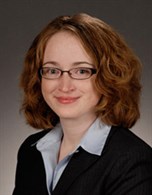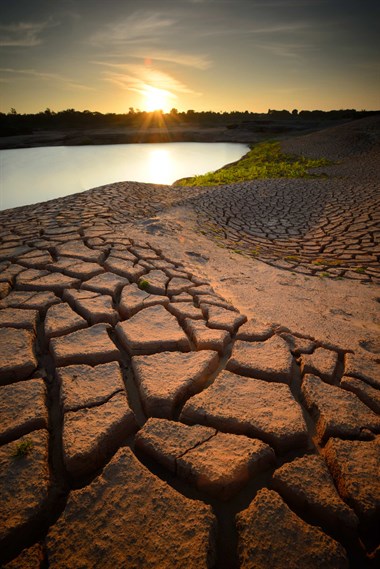
It’s no secret to anyone that Texas is hot and that with heat comes drought. Across the more than 269,000 square miles that make up the state, many Texans constantly fight cycles of drought or flooding season after season. In these places, good water management is essential and thanks to new research by Dr. Gretchen Miller in the Zachry Department of Civil Engineering at Texas A&M University, getting clean water to communities that need it most may now be easier and more cost-effective than ever.

Miller works on what is known as managed aquifer recharge or aquifer storage and recovery. These methods are used to intentionally refill aquifers, or water sources that live in permeable rock, from which many communities draw groundwater. Using these techniques, municipalities and utility districts can draw water from the aquifers during times of drought, but also put water back in them during rainier seasons.
“We are hoping to advance the science on aquifer storage and recovery in order to help local entities better implement these techniques as water conservation strategies,” Miller said. “We want to determine how well current techniques are working and how they can be improved.”
Miller’s research focuses on the feasibility of these water extraction and recharge methods, and seeks to improve not only the efficiency of how water is removed or stored in the aquifer, but the quality of water that is used. In working with these systems, Miller is looking for the best places to implement them across the state and has worked with water management agencies in San Antonio, El Paso and Harris County, Texas.
“How the aquifers are used and managed changes depending on the geology,” Miller said. “We can use models to represent a typical managed aquifer recharge system and then test different methods of running it, when and how we extract or inject water and how we can best use the wells.”
According to Miller, it takes a lot of energy to pump water either in or out of a system, so in using these modeling techniques researchers can now give water municipalities the power to understand when they decide to inject or extract water in a well and how it will affect other wells in the system. It will also give them a better understanding of how to best pump wells efficiently to conserve energy and achieve the highest quality of water available. Miller hopes a better understanding of these processes will benefit communities around the state.
“We see this as a mechanism for helping communities be more resilient against environmental changes,” Miller said. “Some of the cities in Texas are so water stressed that they need a whole arsenal of ways to adapt, and we think this can be one of many tools they can use to help communities bounce back faster. Hopefully we can help prevent them from needing to impose tight drought restrictions.”
In her work with municipalities in Harris County, Miller has also looked at reducing the impacts of flooding by storing excess storm water in managed aquifers. While Miller explains that such measures will not prevent flooding on a large scale, it still has the opportunity to reduce some flood impacts. Miller also sees potential in using aquifer storage and recovery to allow the continued use of groundwater in areas of Houston, where prolonged groundwater extraction has caused portions of the city to sink as the water that fills the porous sediments is drained away.
“If we pump water into the areas that are experiencing high usage, then we can stop the subsidence [the sinking of land] and those people can still use groundwater in those areas without restriction,” said Miller. “We are keeping up with the demand in these areas so that more water isn't taken out of these already taxed areas.”
Miller is also optimistic about the impacts of her research and how it could help communities outside of Texas and even abroad.
“The ideas we are developing on how to operate these facilities and how to make them more efficient can definitely be applied elsewhere,” Miller said. “Looking forward, we want to be able to determine how much water needs to be stored in order to provide an adequate buffer given that there are factors that we can’t fully take into account. We hope this can best help communities in a variety of conditions.”
*This research is conducted in collaboration with Dr. Zhuping Sheng of the Department of Biological and Agricultural Engineering at Texas A&M, as well as the contributions of doctoral students Saheli Majumdar, Ben Smith and Liting Tao.
This research is also a result of collaborations with the Clearwater Underground Water Conservation District, the El Paso Water Utility, the Harris County Flood Control District and the San Antonio Water System.